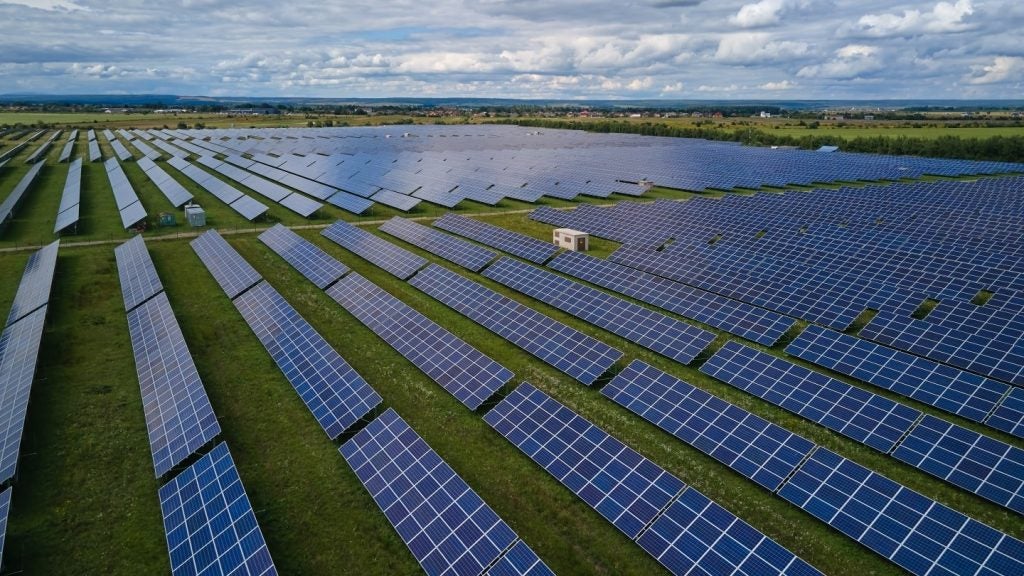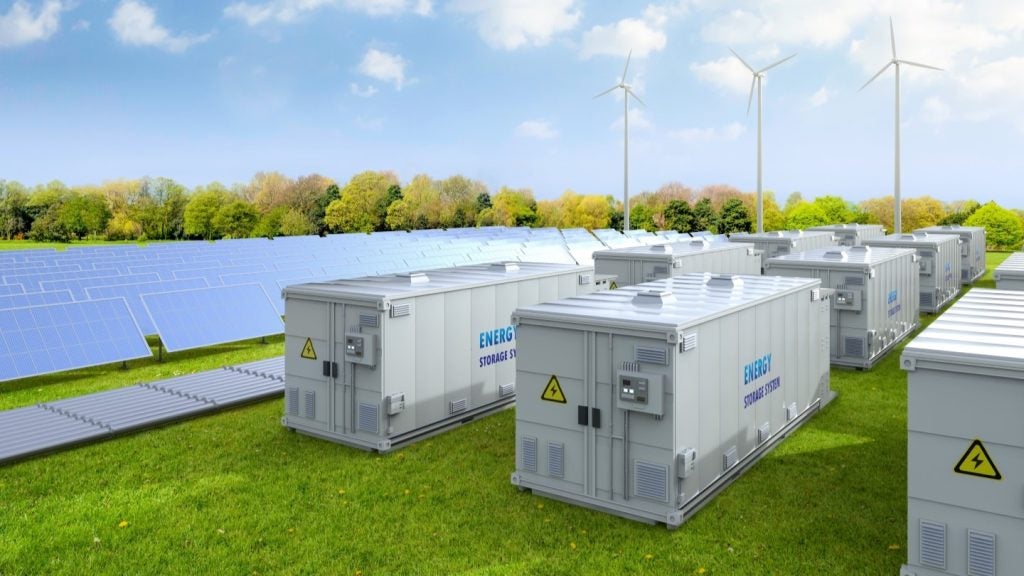So far, India has done little to answer the question of coal. While the uptake of renewable technologies has ramped up and net zero commitments have been made for 2070, the country has refused to acknowledge the possibility of phasing out coal.
At the G20 Leadership Summit held in New Delhi this September, countries agreed to “encourage efforts to triple renewable energy capacity globally”. But even there, the G20 New Delhi Leaders Declaration included no such commitment on phasing out of coal or fossil fuels.
Instead, in September, India’s total coal production stood at a high of 67.21 million tonnes (mt), compared to that of 58.04mt during the same period in 2022. Earlier in the year, the Ministry of Coal also completed its 7th round of commercial coal mine auctioning for 106 mines, setting the scene for coming years of coal extraction, and resulting dependence.
India has urged other countries to agree to “phase down’ fossil fuels, rather than phase out, using the language the COP26 and COP27 climate summits in 2021 and 2022. However, confirming the stance later, a spokesperson for the COP27 delegation said: "We did not mention coal at all."
In practice, India has doubled-down on its coal output, after being met with a massive power demand following the heatwaves in the country this year. In May, the Indian Government also proposed the reopening of more than 100 coal mines that were previously deemed financially unviable. An official from the coal ministry told Reuters that the country plans to increase coal output by up to 100 million tonnes by 2026, by reopening old mines.
On one hand, the country puts itself on the international stage as an attractive avenue for foreign investment in renewables, committing to install a renewable capacity of 450GW by 2030. On the other, the livelihoods of more than 5 million people are directly or indirectly dependent on the country’s coal industry.
The phase-out dilemma
Domestic production of coal meets most power demand in India, eliminating the need of non-essential imports. With extreme weather events such as this year’s scorching summer followed by a dry hot spell in August, India’s demand for more electricity also put pressure on its coal reserves. So much so, the environment ministry gave coal mines permission to boost production by up to 50% without seeking new permits.
“Our energy needs are first and foremost. The share of other sectors like renewable energy is not keeping up with our energy demand. Therefore, our dependence on coal is established,” Indian Coal Secretary Amrit Lal Meena said in an interview.
While the Indian government continues to send out mixed signals about its emissions targets, even critics agree that India has a genuine dilemma of meeting soaring energy demands in a rapidly-growing country that already has the largest population in the world.
Funds attached to coal mining
A 2021 study estimated that out of the total 736 districts in India, about 284 districts are dependent on the survival of the coal industry, equivalent to 40%. This includes either the workers living there, their families, pensioners or people whose districts receive CSR funding from coal companies. In an interview with online conservation news publication Mongabay, study author and researcher Sandeep Pai noted that “the coal mining sector’s socio-economic contribution in terms of jobs is much higher than the power sector, but that it is more concentrated in a smaller number of districts”.
About 93% of India’s coal output comes from the three largest government-owned companies, Coal India Limited, Singareni Collieries Company Limited and Neyveli Lignite Corp. This also means that these companies are among the highest contributors to taxes and royalties paid to states and districts.
In 2015, India’s Mines and Minerals (Development and Regulation) Act was amended to introduce district mineral foundations (DMFs). These DMFs were set up as a non-profit body in all mining districts to channel adequate funds into areas like healthcare, education and sanitation. The government mandated that 60% of taxes and royalties collected from companies in these areas will directly contribute to DMF funds. Between 2015 and 2021, Rs 400bn ($4.81bn) was collected by DMFs and more from CSR spending, going into key development areas.
When coal mining is directly attached to livelihoods and development, it can encourage greater community stake in the industry, but also create a slippery situation for transitioning to renewables. Speaking to The Washington Post, a retired coal mine employee in India’s Odisha said, “The day the mines die down, that’s the day our home stoves will also die down.”
The strong coal lobby in India also has political backing, with Santosh Agarwal, the deputy director general of the ministry of coal, reiterating during a lecture in August: “As far as India is concerned, transition away from coal is not happening in the near future."
Phase-out ambitions
India’s approach to the energy transition indicates the country wants to maximise use of its coal deposits before its 2070 deadline for net zero emissions. According to the International Energy Agency, India expects to add as much new power generation before then as the amount now used by the entire EU. In addition to this, the government has also set a target of producing 1 billion tonnes of coal in the fiscal year 2024, up from 700mt in 2023.
While it cannot be disputed that India has made significant progress in transitioning to renewable energy, critics argue that it may not be enough to meet its commitment of drawing 50% of power generated from renewables by 2030. Coal makes up for about 72% of India’s power supply and connecting new homes to the grid, coupled with extreme weather events, puts pressure on ramping up coal production.
India installed 13.9GW of new solar capacity in 2022, ahead of Germany that added 7.9GW as Europe’s top solar producer. The country’s wind capacity also expanded by 1.8GW in 2022, yet these achievements have come with coal production and coal-based power generation also rising on the side. While a lot of European countries toy with LNG as a transition fuel, only 11% of India’s power generation additions between 2000 and 2012 came from gas.
Throughout 2023, the Indian government has gone to-and-fro on committing to its coal production and plans for installed renewable capacity. A comment piece by Reuters global energy transition columnist Gavin Maguire said: “This messy mix of record-breaking dirty coal use, alongside record renewable energy capacity growth, may be the country's best option for sustaining current economic momentum while inching towards lower emissions targets of the future.”
[Link src="https://www.power-technology.com/all-newsletters?utm_campaign=Verdict%20COP28%20Newsletter%20Subscriptions%20Website&utm_source=GDM%20COP28&utm_medium=Power%20Tech" title="Don’t miss our coverage of COP28! Subscribe here for exclusive insights & analysis." font-size="20px"]











